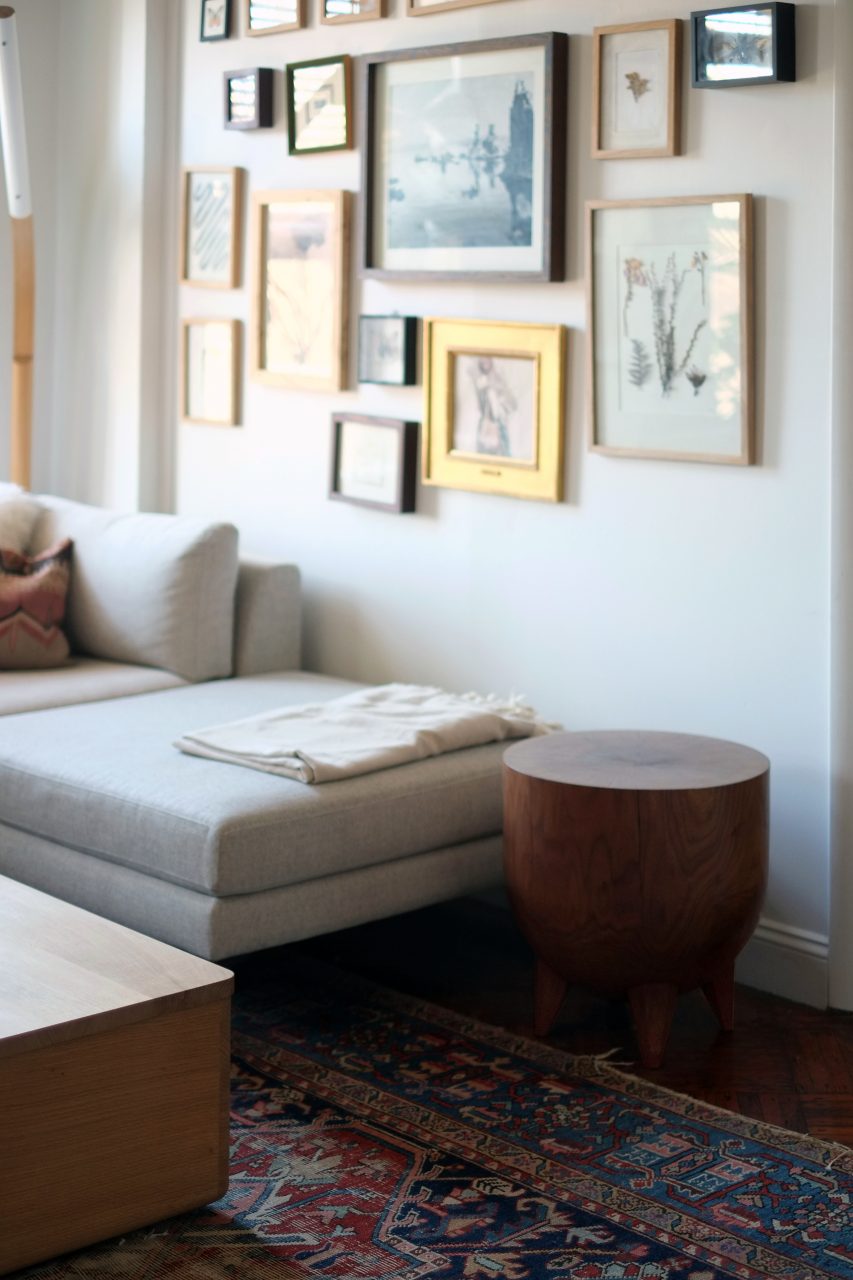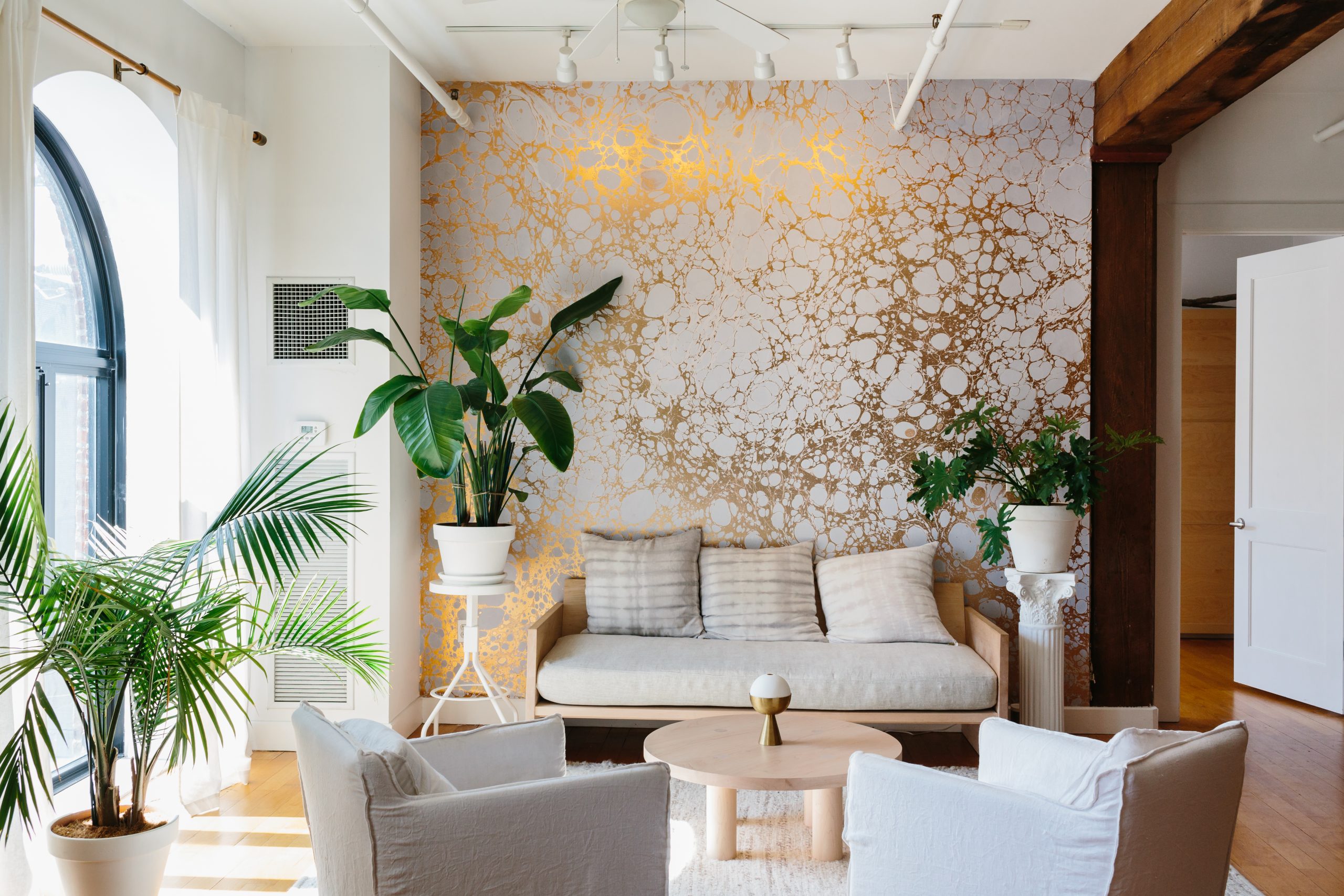The independent design scene takes care of its own. As in medieval guilds, talents band together to address pressing issues, such as copyright infringement, and share resources. These communities develop out of schools, geographic proximities, shared commercial platforms, and, perhaps most important, common interests. Within these tight-knit networks, individuals trade work and services among themselves, letting practitioners build collections while building communities. Barter culture is still going strong.
“It’s out of necessity and born from a desire to live with the things you want,” Brooklyn-based designer Aiden Bowman said. “Often, when you have to ship a piece for a show or photoshoot, it becomes a lot more convenient to trade it for something else you might want, rather than pay to ship it back. It boils down to neither designer nor photographer having the funds to purchase each other’s work.” The in-kind economy extends across disciplines. Bowman and partner Josh Metersky founded object-based practice Trueing in 2016. Firmly rooted in the New York architecture and design industries, the duo has forged strong relationships with many of the city’s leading creatives. The pair’s Brooklyn apartment includes a number of works that reflect these connections, like a sconce by lighting designer Bec Brittain.


“When we were a small company, we would weigh on friends to provide us with props for our first photoshoots,” Brooklyn-based designer Nick Cope said. “As collectors of art and design, we also enjoy the privilege of bartering with our friends so that we can surround ourselves with beautiful objects that we couldn’t otherwise afford.” For him and his wife, Rachel, founders of the Brooklyn-based wallpaper brand Calico, bartering is a great word-of-mouth way to drum up new business, but the duo sees it as more than just self-promotion; bartering is also a way to appreciate other talents. Bespoke Calico prints feature prominently in lighting designer Lindsey Adelman’s downtown Manhattan studio, while Adelman’s luminaires likewise appear in the Copes’ upstate weekend home, joining ceramics by BDDW and custom furnishing by Huy Bui and Ladies & Gentlemen Studio.
“I’m interested in having work by other designers not only because I respect the unique processes they reflect but because I want to fill my home with objects that are meaningful,” Brooklyn-based designer Gregory Buntain said. “Knowing the people who made each piece makes them special, but also knowing that the feeling was mutual, that they have a piece of mine in their home, makes it even more meaningful.” At the helm of furniture and accessories studio Fort Standard, Buntain has furnished his Brooklyn home mostly with his own designs but also with a number of wares by fellow talents: Adelman’s Catch floor lamp, Kieran Kinsella’s Walnut Kettle Stump stool, and Faye Toogood’s aluminum Spade Chair.
“When you make things for a living, it is preferable to exchange them for other things your friends make rather than cash,” Adelman said. “It’s a great way to fuel the network of independent designers, give back, and foster community.” In both her Brooklyn and Long Island homes, the doyenne of New York design has emphasized others’ work. “These pieces shape the personality of my homes. It’s also nice to see the evolution of someone’s career as you receive different pieces over time.”

Jeff Martin of Vancouver-based furniture design practice Jeff Martin Joinery shares Adelman’s sense of connoisseurship. “Bartering is really about patronage, and I think as independent studios, we are afforded some opportunities to do this where there isn’t a fiscal officer or gallery in-between,” he said. Behind Martin’s desk is a cabinet of curiosities with a number of pieces by his design heroes, which serve as a daily reminder to push himself in his own practice.
“If I see something that makes me want to weep, I’ll reach out and see if there’s an opportunity to meet the person or people behind it,” Martin said. “It’s not always a fit, but when the opportunity arises, I always jump at it.” Martin’s extensive collection includes works by gt2P, Steven Haulenbeek, New Format Studio, Ben Barber Studio, Jonathan Nesci, Max Lamb, Omer Arbel, Gaetano Pesce, Takuro Kuwata, Zoe Pawlak, Misha Kahn, and Irina Razumovskaya, a real who’s who of independent designers.
Header image: Jeff Martin of Vancouver-based Jeff Martin Joinery has a strong passion for bartering culture and sees his emotional link to it as a form of connoisseurship. Pictured here are a few items from his vast collection of one-off design objects. His own Neolith Stools act as pedestals for Max Lamb’s Holy Pitcher, at right, and one of Jonathan Nesci’s 100 Variations pieces, with Steven Haulenbeek’s Fishbone sculpture hanging above. (Courtesy Jeff Martin Joinery)
